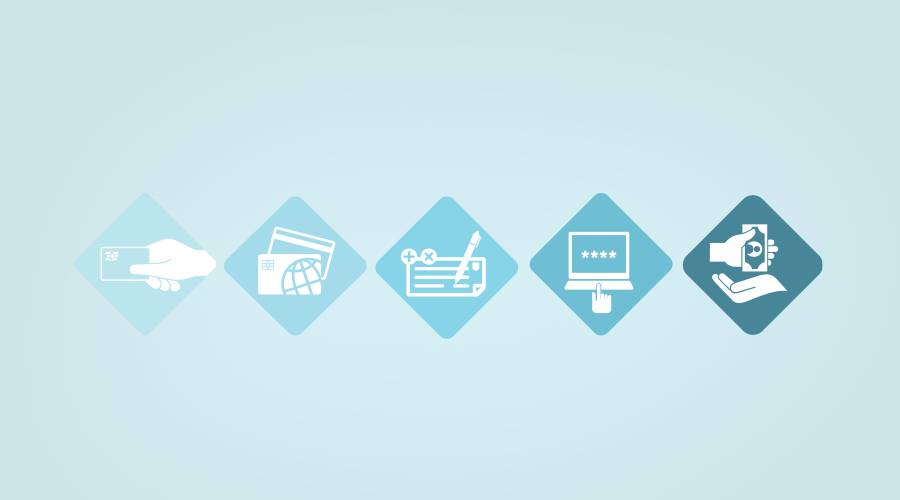Is your pharmacy getting the best possible balance between cash flow and profitability when it comes to purchasing inventory?
“The way pharmacies pay will either affect profitability or cash flow, or it will affect both,” said Don Raby, CPA, CGMA, Chief Financial Officer at PBA Health, a pharmacy services organization based in Kansas City, Mo.
Raby laid out the advantages and disadvantages of different methods of purchasing inventory, including credit cards, a line of credit and electronic funds transfer (EFT).
Credit cards
Using a credit card to purchase inventory can offer you good terms and rewards.
“The terms that pharmacies get with their credit card company, depending on when they buy in the credit card billing cycle, are probably better terms than they typically can get with their supplier,” Raby said.
For example, if you purchase inventory using a credit card at the beginning of your billing cycle, you could have 30 days before you have to pay the card off, which optimizes your cash flow.
But if you wait until the end of your billing cycle, using a credit card may not be the best option. You can likely get better terms from your supplier. “The credit card’s benefit depends on when in the billing cycle you buy your inventory,” Raby said.
The opportunity to earn reward points is another advantage. “Because of the dollars that are involved with pharmaceuticals, pharmacies can rack up a lot of points pretty quick,” Raby said.
Line of credit
Purchasing inventory with a line of credit from your supplier offers you the flexibility to maximize your cost of goods or improve your terms.
“Typically, the faster you pay, the better your cost of goods,” Raby said. “If you’re willing to give up a little bit on your cost of goods, you can get 30-day terms or 45-day terms.”
“It becomes a balancing act for the pharmacy,” he said. “They have to ask themselves, ‘Am I more concerned about cash flow? Or, am I more concerned about my cost of goods?’”
Raby said he’s consulted with pharmacies about using a line of credit from a bank to purchase inventory to take advantage of lower interest rates. “Typically your cost of goods improvement will run 12 to 15 percent on an annualized basis if you can borrow from your bank at prime, and use the cash to accelerate your payment terms with your supplier,” he said.
With a line of credit, pharmacies can maximize cash flow and get a better cost of goods by timing their purchases well.
For example, if you have semimonthly terms with your supplier from the first to the fifteenth, Raby said pharmacies should stock up at the beginning of the month. “If they buy on the first or the second of the month, they maximize cash flow time, and they get the same cost of goods.”
Raby recommends taking advantage of this strategy. “You know you’re going to fill the script, so why not stock up on it early in the billing cycle?” he said. “You maximize your cash flow and get the same cost of goods. It just makes sense.”
The downside to a line of credit is that purchases made later in the supplier’s billing cycle minimize your cash flow without offering you a better cost of goods. A line of credit also doesn’t offer the reward points a credit card does.
Electronic funds transfer
Another option for purchasing inventory is through electronic funds transfer, or EFT, where suppliers draft your account when payment is due.
The biggest advantage of EFT is an improved cost of goods. As long as you have the money in your account, this method improves profitability with a better cost of goods and has a hassle-free sign-up process, Raby said.
The downside to EFT is that it offers pharmacies fewer rewards compared to credit cards.
Overall, selecting a payment method requires weighing each method’s benefits and drawbacks, and deciding which method will best meet your needs.
“Pharmacies just need to balance what their concerns are, and manage it from there,” Raby said. “There’s always a tradeoff.”
About the expert
Before coming to PBA Health as its Chief Financial Officer, Don Raby, CPA, CGMA, worked for more than six years at one of the country’s top accounting firms. While there, he worked primarily in the tax department, with a focus on corporate taxation for small business owners, as well as for Fortune 500 companies. Raby has been with PBA Health for more than 14 years, and has worked extensively with pharmacists and pharmacy owners to improve the financial side of their businesses.

Read next: How to Maximize Rebates and Profitability on Pharmacy Inventory












